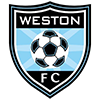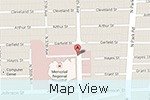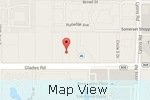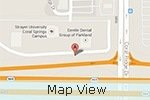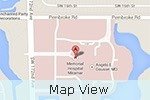Bowlegs
Genu Varum or bowed legs are very common in toddlers. If a child has bowlegs, one or both legs curve outwards. When your child stands there is a distinct space between the lower legs and knees. Bowed legs are rarely seen in adolescents. In most of the cases, children with bowed legs are significantly overweight.
The common causes of bowed legs include:
- Physiologic Genu Varum: Most children below the age of 2, show bowing of the legs as a part of normal physiological process. Normally the bowing will correct by 3 to 4 years of age and the legs may have a normal appearance.
- Blount’s disease: It is a condition in which there is an abnormality of the growth plate at the upper portion of the tibia (shinbone).
- Rickets: It is bone disease that occurs in children due to deficiency of calcium, phosphorus, or vitamin D that are essential for healthy bone growth.
- Trauma
- Infection
- Tumor
The most obvious symptom is bowing of the legs that appear when a child stands and walks. Other common symptoms are awkward walking pattern and turning in of the feet (intoeing). Bowed legs usually does not cause any pain, however discomfort in the hips, knees, and/ or ankles may occur during adolescence.
Diagnosis
The diagnosis of bow legs is made through a physical examination. In addition, X-rays may be taken if a child is older than 2 ½ years and has symmetrical legs.
Treatment for Bow legs
As the child grows the condition usually corrects itself. For children with severe, unresolved bow legs, doctors may recommend non-surgical treatment options such as bracing, physical therapy, and medications. If non-surgical treatment options do not correct your child’s bow legs, then surgery is considered.
-
Personalized Physical Therapy Puts Bryant Back on the Court
Bryant could hear the whistles blowing as he walked by the gymnasium.
View more -
No off-season for sports injuries
As a new season of school sports and youth leagues gets underway,
View more -
Student Athletes Benefit from Individualized Treatment at U18 Sports Medicine
Becoming involved in a sport is one of the healthiest things that a child can do.
View more -
For young athletes, injuries need special care
More programs are using procedures and surgical techniques tailored for kids.
View more -
Dr Frank u18 Tip 1
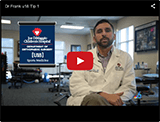 View more
View more -
Segment U18 Tip with Dr Frank 1
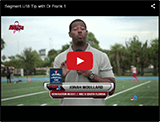 View more
View more -
Dr. Frank’s 2010 WQAM high school football game halftime interviews
View more

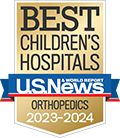


 Menu
Menu






 In The News
In The News Hollywood Office
Hollywood Office

![[U18] Sports Medicine](https://www.kidbones.net/wp-content/themes/ypo-theme/images/u18-sports-medicine-performing-arts-logo.png)
